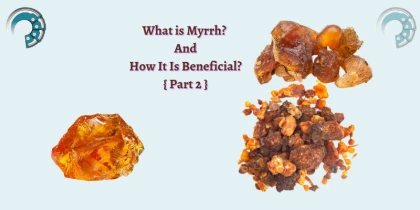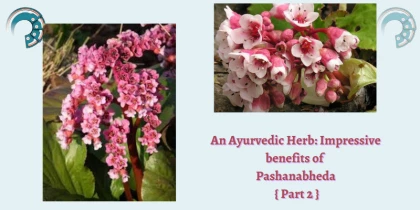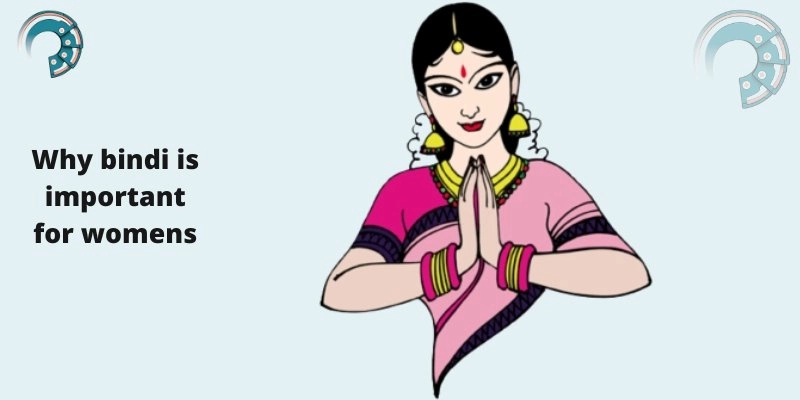
Why bindi is important for womens
BINDI :
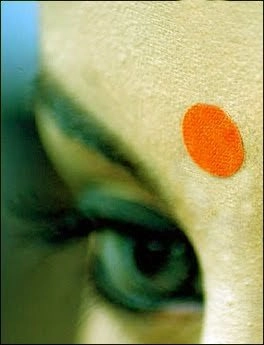
The term Bindi was derived from the Sanskrit word Bindu meaning “dot, point or a small particle”, Bindi is also known as 'sindoor', 'tilaka', ‘tilak’, 'tilaka' 'tika' or 'pottu'. In India, wearing a bindi among men and women is a symbol of India’s culture and also has a historical aspect. One may identify bindi as a crimson mark on the forehead of people while going to mandir or any cultural celebration like a wedding ceremony. However, nowadays there can be many variations to the traditional bindi.
Now the question is why is it only worn on the forehead? It is believed that the creation of human beings has originated from the center of the forehead where the bindi is worn and it's a sacred symbol of the cosmos. Asians have a strong belief that bindi is the dot around which Mandla is created which signifies the whole universe and represents the third eye. It also helps in concentrating well and contracting energy.
Hindu tradition holds that all people have a third inner eye. The two physical eyes are used for seeing the external world, while the third focuses inward toward God. As such, the red dot signifies piety as well as serves as a constant reminder to keep God at the center of one’s thoughts. The third eye chakra also known as Ajna chakra in Hinduism and Jainism has a deep connection to mythological history. The ideals of the Buddhist goddess Tara can be seen with Ajna Bharumadhy Bindu on her forehead. Bhrumadhya is a place where bindi is worn which is referred to as a third eye and center of consciousness.
A bindi is much more than a fashion statement or a sign of tradition and religion. This cultural practice has several health benefits. These benefits stem from the fact that the bindi is worn at the point in between the two eyebrows. This point has tremendous significance in the ancient healing arts.
These are the health benefits of wearing a bindi :
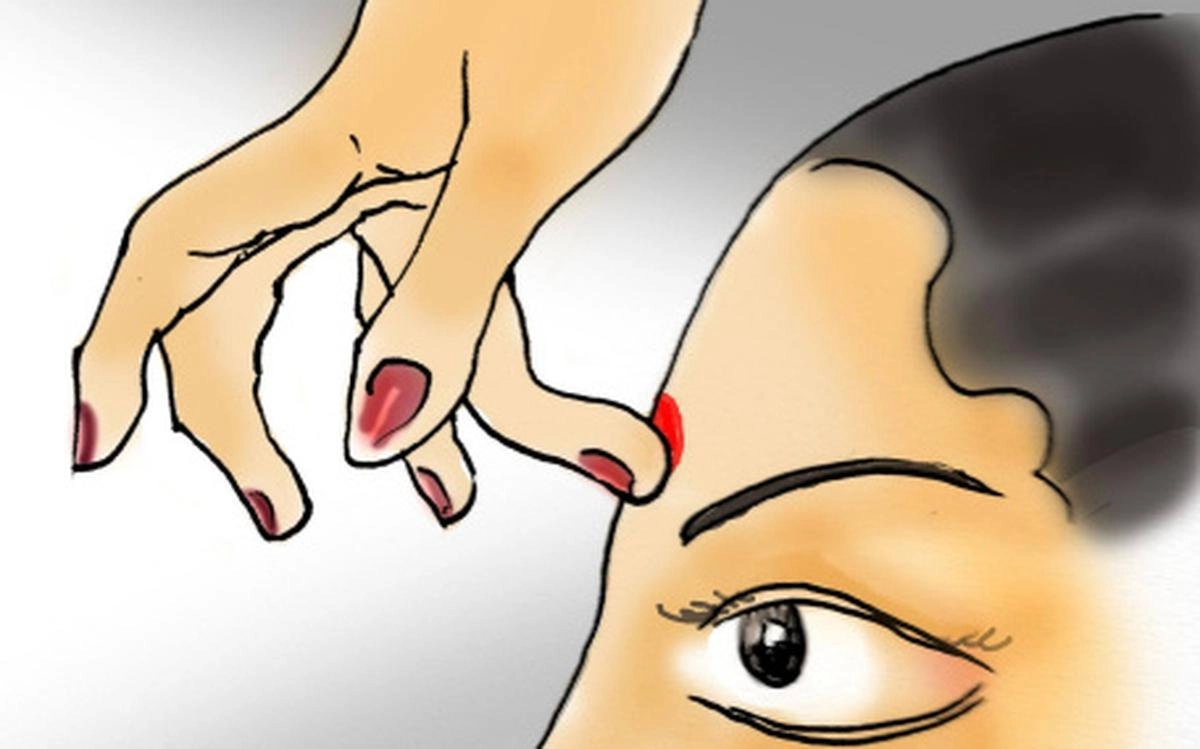
Relieves headaches: According to acupressure, pressing this point for a few seconds can relieve a headache almost instantly, because several key nerves and blood vessels converge at this point.
Clears up your sinuses: The trigeminal nerve, which is responsible for sensation in the entire face, passes through this area. This nerve is the largest of the cranial nerves and it has three branches, as you can probably tell from the name. Stimulating this nerve helps reduce the swelling and congestion in your sinuses.
Improves vision and eye health: The supratrochlear nerve also passes through this area. This nerve is a branch of the frontal nerve, which in turn is a branch of the ophthalmic division of the trigeminal nerve. It is connected to all the muscles around the eyes, so stimulating this nerve is believed to improve vision and eye health.
Keeps your skin young: The trigeminal nerve’s branches cover pretty much your entire face. Stimulating this nerve helps keep your skin young and your facial muscles strong.
Prevents depression: The trigeminal nerve is such a key nerve that the medical community is now researching ways to stimulate this nerve with very low-intensity electrical shocks to treat depression, epilepsy, and post-traumatic stress disorder (PTSD). By pressing this nerve for a few seconds every day, you can prevent these conditions in the first place!
Improves hearing: One of the nerves passing through this area also stimulates your cochlear, which is a part of the inner ear that is key to hearing.
Relieves stress, eye strain, fatigue, and insomnia: You’ve probably noticed that when you’re stressed out, your eyebrows and forehead get bunched up and become very tense. This region bears the brunt of your stress, so relaxing it can relieve stress to a great extent. Child’s Pose is considered to be one of the most relaxing yoga poses because it stimulates this area. Acupressure also advocates stimulating this area to relieve stress, fatigue, and eye strain.
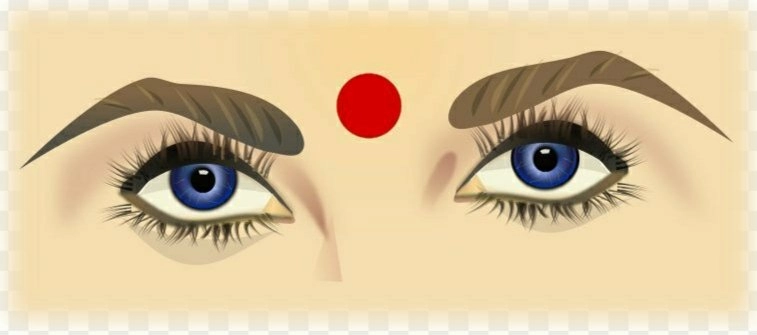
It is believed that stimulating this point relaxes the face and body to the extent that it prevents insomnia and promotes restful sleep. This point is also very closely linked to the pineal gland, a tiny pea-sized gland in the brain that produces the hormones serotonin and melatonin. Melatonin is the sleep hormone, whereas serotonin is one of the hormones related to happiness.
Boosts memory and concentration: According to both yoga and acupressure, stimulating this point boosts memory and concentration.
Reduces fine lines between your brows: Fine lines between the eyebrows are something that worries most people. If you want to keep those lines at bay, massage the spot between your brows once a day. This point is where the procerus muscle is placed. Massaging this muscle not only strengthens the muscle but also helps in increasing blood flow and nervous stimulation to the skin in that area. In effect stopping the appearance of those annoying 'worry lines.
Calms your mind: The Ajna chakra or the point between your eyebrows is highly susceptible to damage caused by anxiety and stress. That is where wearing a bindi comes into play. Massaging this point daily helps the muscles and nerves in this area relax sending a calming effect throughout your body. It is also one of the points that you are likely to instinctively press when you are stressed. So, for a calmer more focused mind, stimulate this area once every day.





